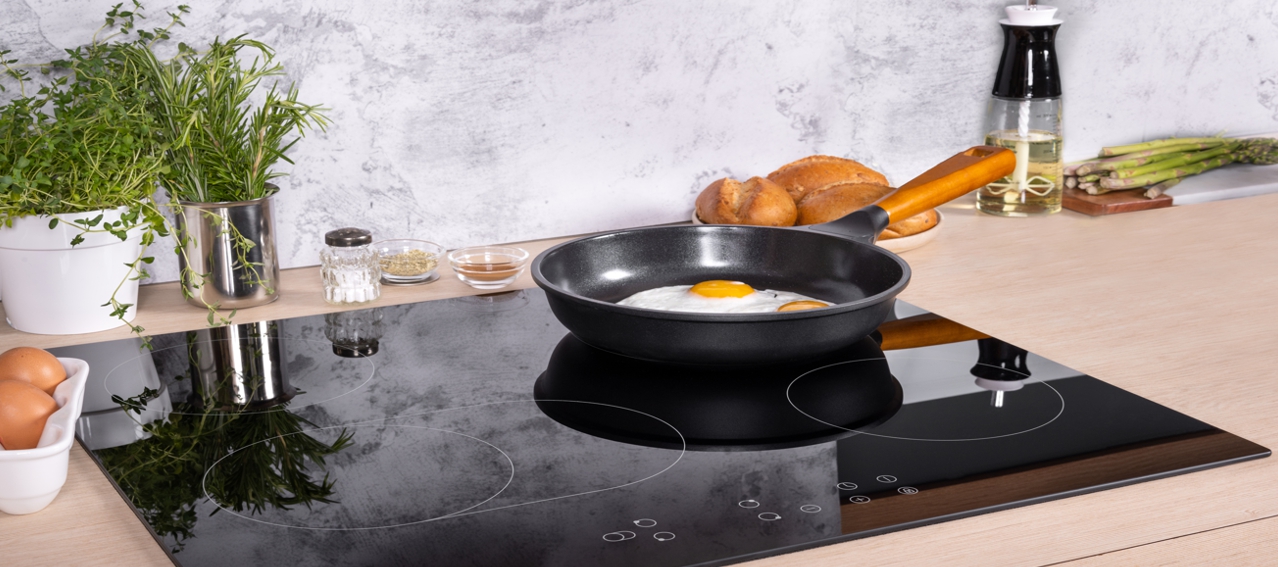How to Keep Your Seasoning Perfect on Induction for Delicious Meals
Written By James Morgan
If you're a barbecue lover, ensuring your cookware has the right seasoning is essential for creating that ideal flavor in every dish. This becomes especially important when cooking on an induction cooktop. While induction cooking provides fantastic benefits such as energy efficiency and quick heating, it presents unique challenges for those who appreciate the qualities of well-seasoned cast iron pans. Understanding how to keep your seasoning intact on induction can significantly enhance the quality of your cooking.
Seasoning your cookware involves applying a layer of fat and heating it to form a non-stick surface that also shields it from rust. This is particularly vital for cast iron cookware, recognized for its excellent heat retention and distribution capabilities. That said, the interaction between cast iron and induction cooktops can be a little tricky. Here, we will delve into the best practices to ensure that your seasoning remains in optimal condition, despite the challenges of induction cooking.

Getting to Know Induction Cooking
To effectively maintain seasoning on induction cooktops, it's crucial to grasp the workings of induction cooking. Induction cooktops generate heat through electromagnetic fields that directly warm the cookware, which means it must be ferromagnetic. This is why cast iron is often the material of choice for induction cooking, as it responds excellently to this magnetic field. However, the intense heat can sometimes lead to uneven or worn seasoning.
For a deeper dive into how cast iron interacts with induction cooktops, check out this guide.
Methods to Maintain Seasoning on Induction
1. Gradually Preheat Your Pan
Before you start cooking, it's important to pre-heat your cast iron pan slowly on the induction cooktop. This allows the metal to expand uniformly, reducing the likelihood of cracks or flakes in the seasoning. Begin with a low heat setting and gradually increase it to your desired cooking temperature.
2. Use Proper Cleaning Techniques
Keeping your seasoning intact also hinges on correct cleaning methods. Avoid harsh detergents and abrasive scrubbers, as these can erode the seasoning. Instead, wash your pan with warm water and a gentle sponge. Occasionally, using a bit of salt can help remove stuck-on food particles without damaging the seasoning.
3. Regular Re-Seasoning
No matter how well you care for it, cast iron cookware will require re-seasoning from time to time. To re-season, apply a thin film of vegetable oil to the surface of the pan and heat it in the oven at 400F for an hour. This process helps replenish the protective layer, keeping your pan non-stick and free from rust.
Common Mistakes and How to Fix Them
Overheating the Pan
Overheating can lead to a breakdown of the seasoning. Be vigilant about monitoring the heat settings and avoid using the highest temperatures for long periods. If you notice the seasoning beginning to flake, it may be necessary to strip the pan and re-season from scratch.
Neglecting the Bottom of the Pan
Seasoning should not only be focused on the cooking surface but also on the exterior and bottom of your cast iron pan. This not only protects the pan but can also enhance its overall look. Remember to apply a light coat of oil to the outside of the pan after each cleaning.
For detailed guidance on using cast iron over different heat sources, make sure to visit this resource.
Conclusion
Maintaining the seasoning on your cast iron cookware while using an induction cooktop requires a balance of careful handling and routine upkeep. By understanding how your cookware interacts with induction heating and adhering to the appropriate care and seasoning methods, you can ensure that your pans remain in excellent condition, ready to serve up delicious meals every time.
Whether you're an experienced grill master or just exploring the barbecue world, these tips will empower you to excel at induction cooking while preserving the flavor and integrity of your cast iron cookware.

FAQ
1. Is cast iron compatible with induction cooktops?
Yes, cast iron is ideal for induction cooktops due to its ferromagnetic nature. However, it requires proper maintenance to keep its seasoning intact.
2. How frequently should I re-season my cast iron pan?
You should re-season your cast iron pan whenever the surface appears sticky or food starts to stick to it again. Typically, re-seasoning every few months keeps it functioning well.
3. Why does my seasoning come off when I cook on induction?
Flaking may result from rapid temperature changes or excessive heat. Gradually preheating your pan and keeping a close watch on heat levels can help avoid this problem.



